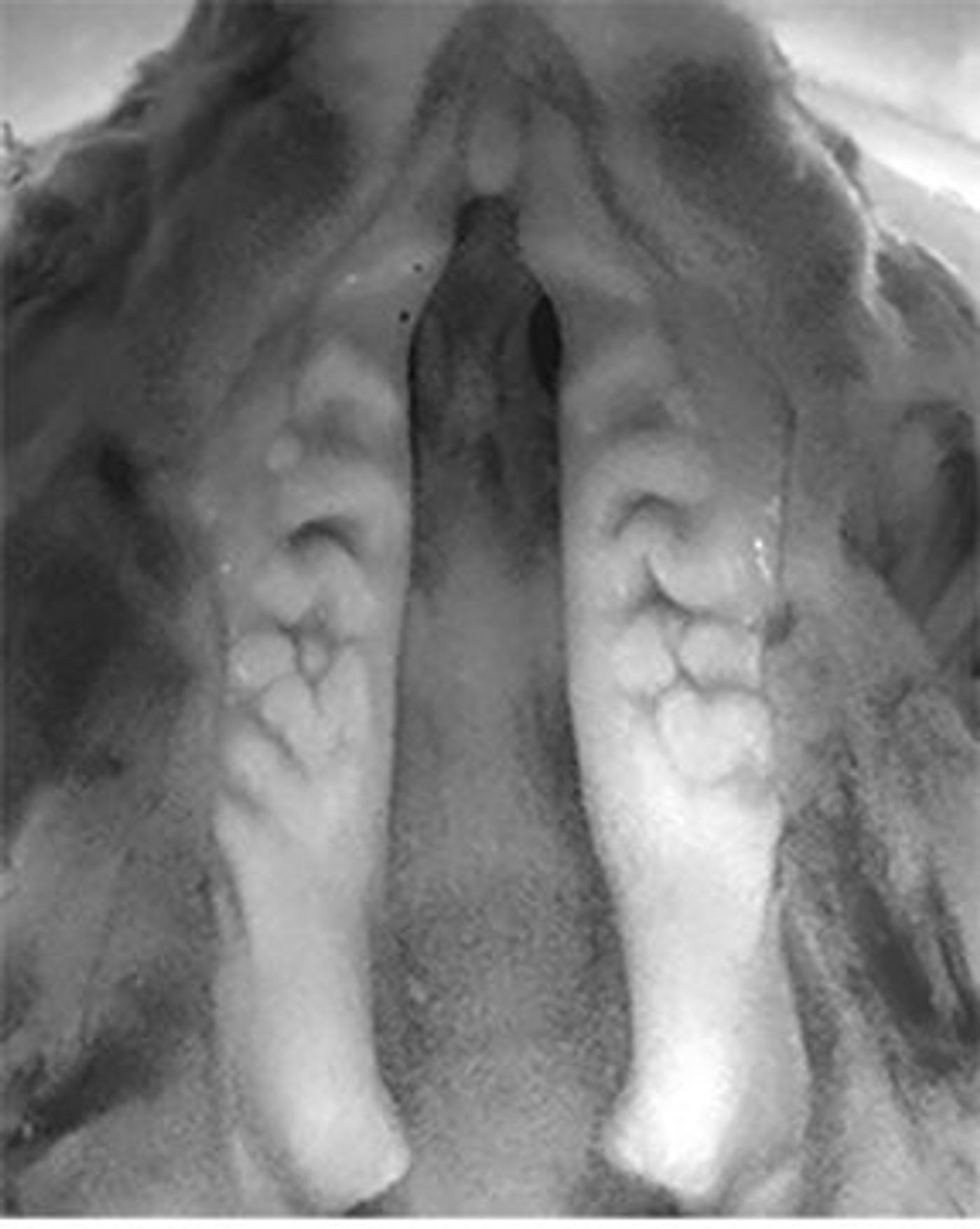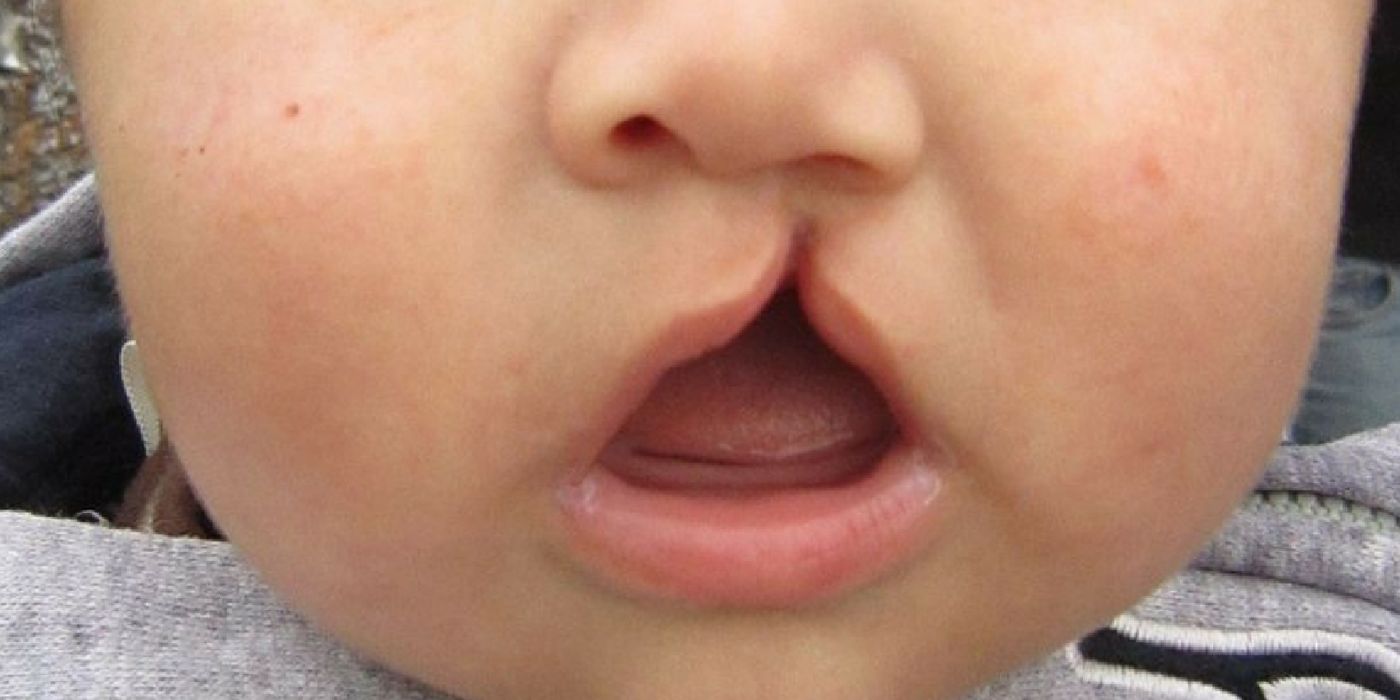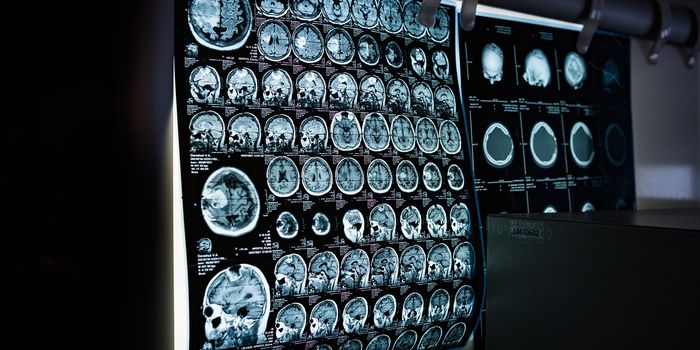Treatment Could Reverse Cleft Palate in the Womb
Results from a new study suggest that cleft palate, one of the most common birth defects in children, could be reversed in the womb in the future.
A cleft palate (orofacial cleft) is a birth defect caused by the incomplete joining of the tissues that make up the roof of the mouth or palate. In some instances, a cleft palate is accompanied by a cleft lip, wherein the lip tissues also fail to join properly in development. It’s estimated that over 2,600 babies are born with a cleft palate every year; and about 4,4400 babies are born with a cleft lip with or without a cleft palate.
"As a clinician, I understand the devastating consequences of cleft palate," said Rena D'Souza, D.D.S., Ph.D., professor of Dentistry at U of U Health.
With her background in dentistry, Dr. D’Souza was originally working to understand how two genes, Pax9 and Wnt, regulate tooth formation. But their research surprisingly uncovered a pathway to the formation of cleft palates.
"It was really serendipitous," she said. "For the first time, we can show the involvement of theWnt pathway during palate fusion."
Dr. D’Souza and her team noticed that mice deficient in Pax9 developed cleft palates, just like in humans. Further investigation revealed two genes were boosted when Pax9 was down. These were Dkk1 and Dkk2, which act to block the Wnt signaling pathway, leading to the birth defects.
Knowing the pathway, the team hypothesized that a compound that blocks Dkk1 and Dkk2 could rescue the birth defect. Because the defect happens in gestation, the team treated pregnant rats with the compound (WAY-262611). They then compared the pups born to mothers who had the injection, versus those that were untreated.

"These seminal findings are exciting for the field, because Dr. D'Souza and her team have opened an interesting door into potential pharmacological therapies," said Ophir Klein, M.D., Ph.D., Chief of Genetics at the University of California San Francisco, who was not involved in the study.
Dr. D’Souza admits much more work has to be done before we can attempt to treat cleft palates in the womb for human babies. Nevertheless, the results offer hope that this type of in utero treatment is possible in the future. "Clearly, there is more work to be done prior to implementation for humans, but it seems feasible to translate this research into Wnt-based treatments for people," she said.
In the US, babies born with cleft palate or lip usually receive reconstructive surgery before the first birthday. However, in many developing nations, the defect can haunt a child into adulthood, limiting their quality of life. Left untreated, the condition leads to difficulty feeding and speaking, and also causes problems in hearing and teeth. An in utero treatment for this birth defect could be life-changing for people worldwide.
Additional sources: University of Utah Health









